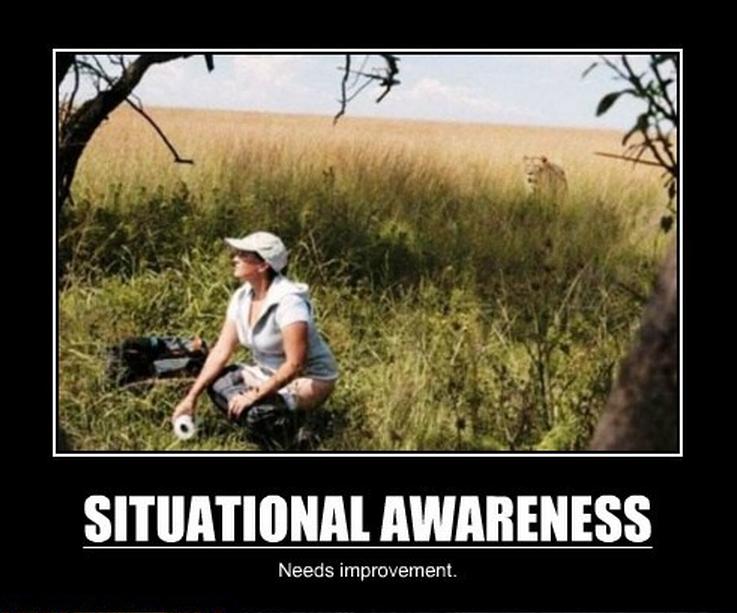I've decided that moving is a real pain. My
relocation has now stretched out over five weeks and I’m still not finished. Like a bad piece of possum meat, it gets
bigger the longer you chew on it.
Today,
I went down to move my dog kennels. They
came down pretty easily and I stacked them on my trailer for transport. In spite of a slight drizzle, it all went
well. Then I started back up the
mountain – truck and trailer in tow.
I
bought my truck back in high school. It
has carried me many places I would like to revisit and hauled around many great
friends. Ole Blue still looks pretty
good for a 1978 model, but it is struggling mechanically. I hold my breath any time it gets in a
strain. The trailer was built by my dad
about 30 years ago. It is functional,
but not very easy on the eyes. It doesn't have taillights or a license plate.
| Lamont Sanford www.tv.intros.com |
The 10x6 feet panels wouldn't lay flat in the
trailer, so using good old fashion game warden innovation, I placed them on top
of the side planks and “secured” them with a mismatched set of ratchet straps
and parachute cord. There may be many
things a game warden will be caught without, but parachute cord isn't one of
them. Between the load on the trailer
and junk on the truck, I gave off a strong, “Sanford and Son” vibe. Over the years I have seen much furniture
scattered in bits and pieces along the highway. So, I kept a close watch on those panels as
they shifted and settled.
As
I watched my load in the rearview mirror, I noticed a car that was following me very closely. My concerns were twofold. First, I wasn't 100% certain that the panels were stable (a couple in the middle of the stack were already shifting). Second, I would be turning right in a few minutes, and I was certain they couldn't see the turn signal on my
truck.
 |
| www.paultarver.com |
"Situation awareness is the perception of
environmental elements with respect to time and/or space, the comprehension of
their meaning, and the projection of their status after some variable has
changed, such as time, or some other variable, such as a predetermined event" (wikipedia.org). In law enforcement training, situational
awareness is sometimes referred to as “If/then” thinking. In other words, “if” this happens, “then” I
will respond in this manner.
But,
situational awareness has even broader implications for leaders. Leaders often have to quickly assess a
situation with incomplete data and little time to analyze the data they have in
hand. General Colin Powell summed it up
by saying, “Use the formula P=40 to 70, in which P stands for the probability
of success and the numbers indicate the percentage of information acquired.
Once the information is in the 40 to 70 range, go with your gut.” I have a friend that ranks situational awareness (political, social, tactical, etc.) as one of the most desired traits when considering promotions to their agency’s
leadership ranks.
So,
how do we improve our situational awareness?
Time and distance (space) are our biggest friends. The more time we can utilize and the more
space we have to operate from increases our chances of correctly assessing a
situation. Then, over time, we can learn
act quicker and in tighter spots.
It doesn't take much of this type of awareness to realize that when one falls in
behind a Fred Sanford’s pickup with nine kennels panels on a clunker trailer to
think, “That crap looks like it might fall off – let me back off a little.” But far too many people blindly trust that
nothing bad can possibly happen to them.
Then, when a panel cartwheels their way, they can’t believe they were so
unfortunate.
No comments:
Post a Comment